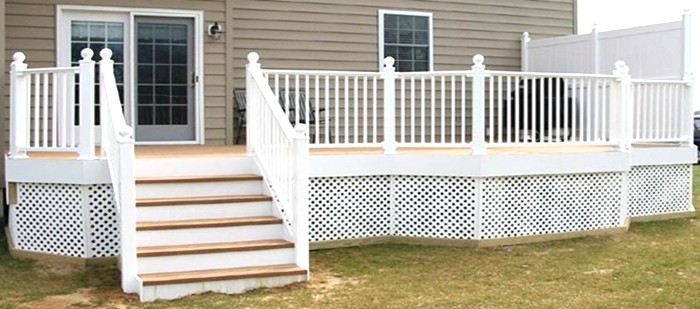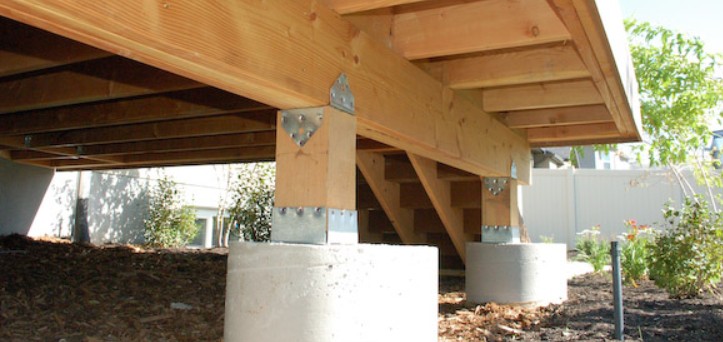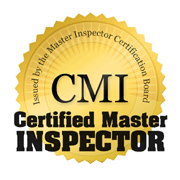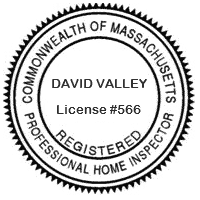Massachusetts Home Inspections YOUR INVESTMENT IS MY CONCERN

Deck Maintenance

Your deck is a valuable feature of your Massachusetts home, but it faces constant exposure to the region’s harsh weather. This can lead to cracking, fading, splitting, splintering, cupping, and warping. Most decks in New England are built with pressure-treated pine, which resists insects and decay, but still remains vulnerable to moisture, freezing temperatures, and the sun's rays. The same issues apply to other exterior woods like Cedar, Cypress, and Mahogany. To preserve your deck’s appearance and extend its lifespan beyond the average deck, regular maintenance is crucial. About once a year, inspect your deck for loose railings, balusters, walk boards, and any protruding nails. Afterward, clean it thoroughly and apply a fresh sealant.
Take the time to carefully examine all the wood on your deck to check for any signs of rot. Unfortunately, wood rot often occurs in hard-to-see areas, such as under the decking boards, around the ledger board (the horizontal board attached to the house), on the underside of stair treads, and at the exposed end grains of the decking. If possible, crawl beneath the deck to perform a thorough inspection. For decks with wood posts or stair stringers that penetrate the dirt, probe the bearing ends for signs of rot. If necessary, replace any affected wood and pour concrete footings to elevate the wood above the soil. In Massachusetts, footings should be poured 3 ½ to 4 feet deep due to the frostline and should rise 3 to 6 inches above ground level. Additionally, installing cleats under the wood posts can help separate the post end-grain from the concrete footing, preventing moisture from wicking up into the wood.

CLEANING YOUR DECK
Cleaning your deck involves removing dirt buildup, algae, moss, and other organic matter. Follow the instructions provided with the cleaning solutions, which may recommend hosing down the deck and surrounding area before applying any cleaners. This will help dilute any chemicals that might unintentionally come into contact with nearby plants or grass. Even when using mild solutions, it’s important to minimize the amount of cleaner that reaches surrounding vegetation, as many cleaners, especially those containing bleach, can be harmful to plants in concentrated form. You can apply the solution by brushing it onto the deck with a broom or lightly spraying it on with a power washer set to low pressure. Be cautious with power washers, as high pressure can damage the wood grain on your deck.
Here's a simple and effective homemade recipe for cleaning your deck:
Ingredients:
1 cup of white vinegar
1 cup of baking soda
2 gallons of warm water
A few drops of dish soap (optional)
Instructions: Prepare the solution: In a large bucket, combine the warm water, white vinegar, and baking soda. Stir well to dissolve the baking soda. If you'd like extra cleaning power, add a few drops of dish soap to the mixture and stir again. Apply the cleaner: Using a broom or a deck brush, dip it into the solution and apply it generously to the surface of the deck. Scrub the wood to help lift dirt, algae, and mildew. Let it sit: Allow the solution to sit on the deck for about 10-15 minutes to loosen up any stubborn stains. Scrub and rinse: Scrub the deck again with the broom or brush, paying extra attention to spots with buildup. Rinse the deck thoroughly with a hose to wash away the solution and any loosened grime. Dry and inspect: Allow the deck to dry completely before sealing or applying any additional treatments. While drying, inspect the deck for any remaining areas that might need additional attention. This mixture is safe for most wood decks, including pressure-treated wood, cedar, and mahogany, and it's an eco-friendly way to clean without harsh chemicals. Just be sure to rinse thoroughly to avoid any residue left on the wood.
PRESSURE WASHING DECK
You can use a pressure washer to clean your deck, but there are some important precautions to keep in mind:
1. Use Low Pressure
Set your pressure washer to a low pressure (around 1,200 to 1,500 psi) to avoid damaging the wood. High-pressure settings can strip the wood's natural grain or cause splintering.
2. Keep the Nozzle Moving
Always keep the pressure washer nozzle moving. Holding it in one spot for too long can cause damage to the wood surface.
3. Use a Wide Spray Nozzle
A 25- or 40-degree nozzle is ideal for cleaning decks. This provides a broader spray, reducing the risk of damaging the wood.
4. Distance Matters
Hold the nozzle at least 8 to 12 inches away from the surface of the deck. This will help avoid concentrated pressure on the wood, which can lead to gouging or splintering.
5. Pre-Soak the Deck
It's a good idea to apply a cleaning solution (either a store-bought cleaner or a homemade one) to the deck and let it sit for 10-15 minutes before pressure washing. This will help loosen dirt, algae, and grime.
6. Test First
Before using the pressure washer on the entire deck, test it on a small, inconspicuous area to ensure it won't cause any damage.
7. Don’t Use Too Much Pressure on Stubborn Areas
For heavily soiled areas, it’s better to scrub them by hand with a brush and cleaning solution, rather than relying solely on the pressure washer. By following these guidelines, you can effectively clean your deck with a pressure washer while minimizing the risk of damage.
STAINING YOUR DECK
If you plan on staining your deck, be sure to choose a stain specifically designed for decks. Many well-meaning DIYers mistakenly apply stains meant for vertical surfaces, such as siding. These stains aren’t as abrasion-resistant as those formulated for decks, which are designed to withstand heavy foot traffic and resist scuffing.
When applying an oil or oil-based stain, do so either early in the morning or late in the day when the wood is not exposed to full sunlight. On hot days, the thinner that helps the oil penetrate the wood can evaporate too quickly, causing the oil to remain on the surface instead of soaking into the wood. To ensure the oil or stain properly absorbs, go back over the entire area with a paintbrush or roller (a technique called "back brushing") to help push the product into the wood.
Alternatives to Traditional Decking Materials
If you don’t have the time to maintain a traditional wood deck, there are now many modern decking material options available. Several companies produce composite decking materials that are resistant to rot, won’t warp or splinter, maintain their shape, and don’t require periodic staining. Most composite decking is made from recycled plastic or a blend of wood and plastic. One brand I’m personally familiar with is Trex Decking, which is known for its durability and low maintenance.
Composite decking will weather over time, much like wood, but it ages to a consistent tone without deteriorating. However, it lacks the strength of wood and cannot span the same distances. With the right structural support, composite decking is well-suited for first-floor and above-ground decks. While plastic structural beams aren't widely available in all markets and can make the deck feel bouncy, pressure-treated wood is typically used to support this type of decking. While composite decking is still relatively new, the results have been promising. Though it is more expensive upfront compared to traditional wood products, it offers significant savings in the long run due to its low-maintenance requirements.
There’s also a lifetime vinyl railing system that can be installed alongside composite decking, offering a much longer lifespan than traditional wood. These plastic products are built to last a lifetime, providing durable and low-maintenance support for your deck.
Failure to maintain your deck properly could result in personal injury....

CLICK 'GOOGLE PHOTOS' TO VIEW DECK DEFECTS THAT I'VE ENCOUNTERED
Here is what my clients have to say about my home inspection services:
Press F5 (on your keyboard) for additional testimonials
Hi Dave,
I am writing to let you know how my home inspection went today in Tyngsboro. The inspection went well and we look forward in moving forward in purchasing our new home. What I am really writing about is to tell you how pleased I was with your work. You were very thorough and took your time on the inspection. As first time home buyers, you took some extra time to explain things that you didn't have to and it really was invaluable!
I have several friends and family members that are also getting ready to purchase homes, and I look forward to sharing my experience with your company with them. I will certainly be recommending Massachusetts Home Inspections and will speak highly of you and also share how pleased I was with the output of the inspection.
Best regards,
Crystal F.















